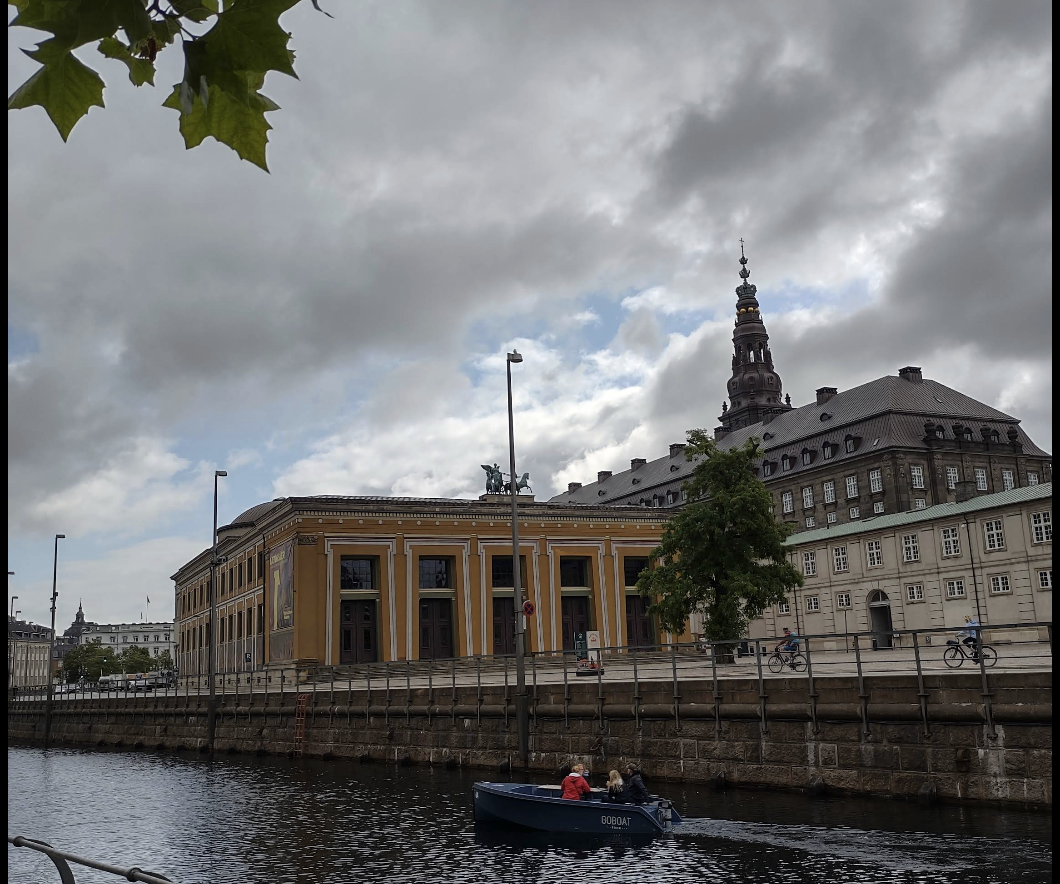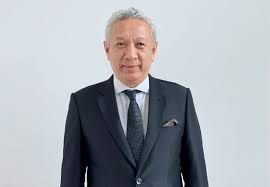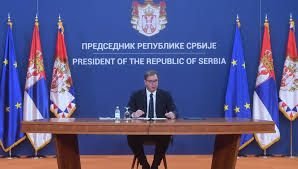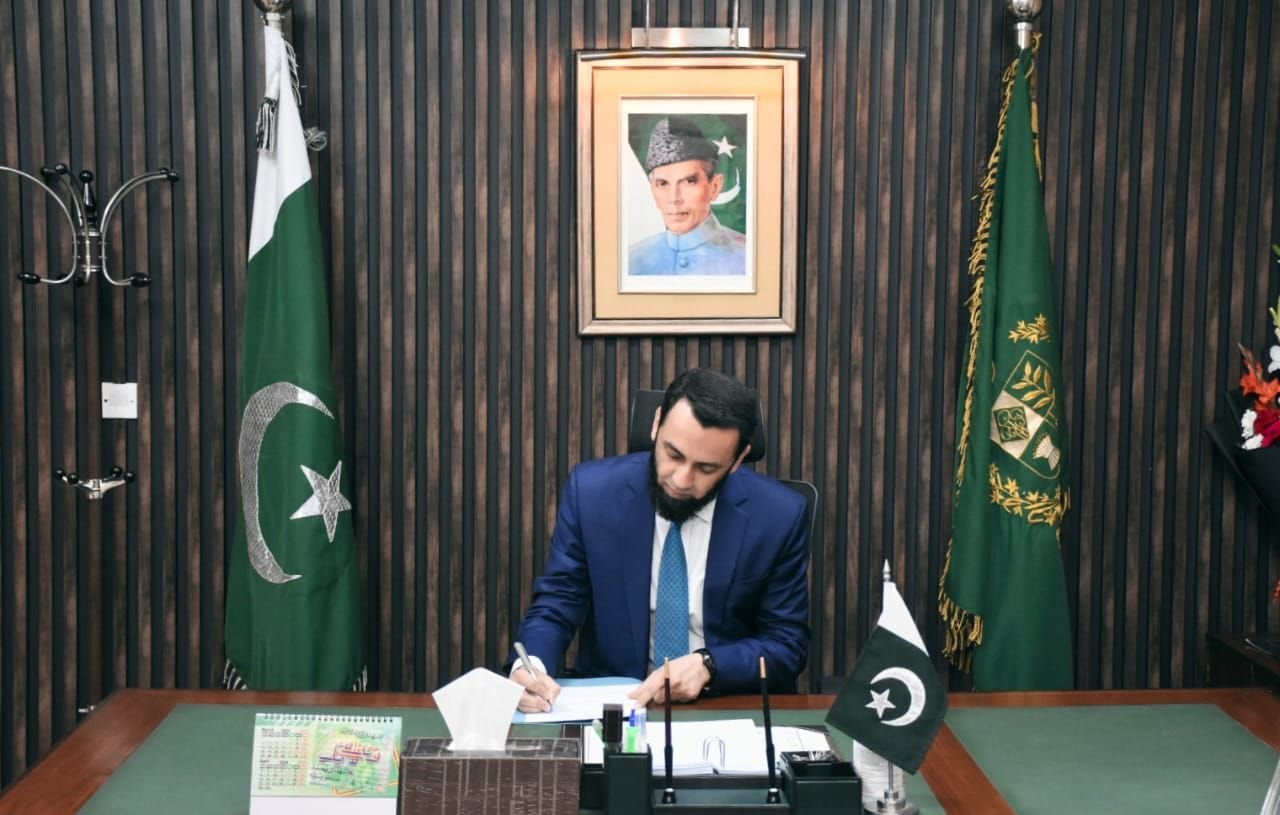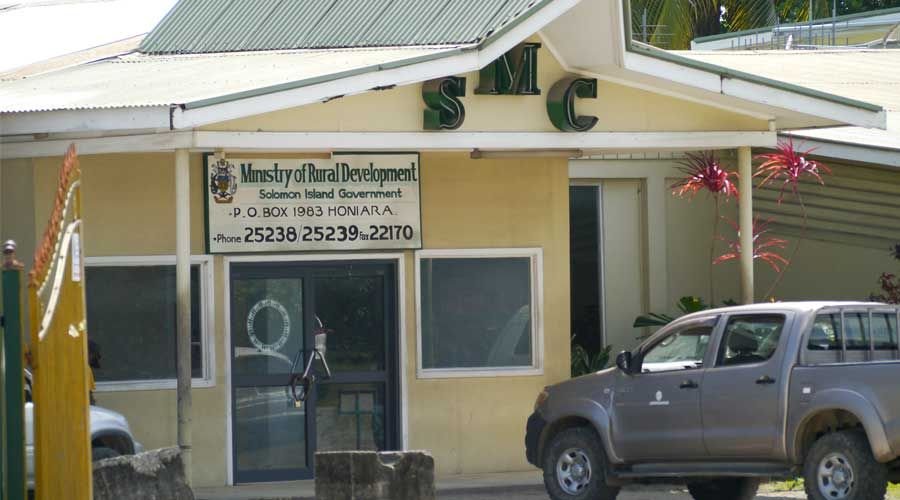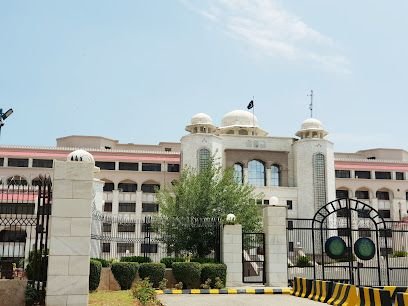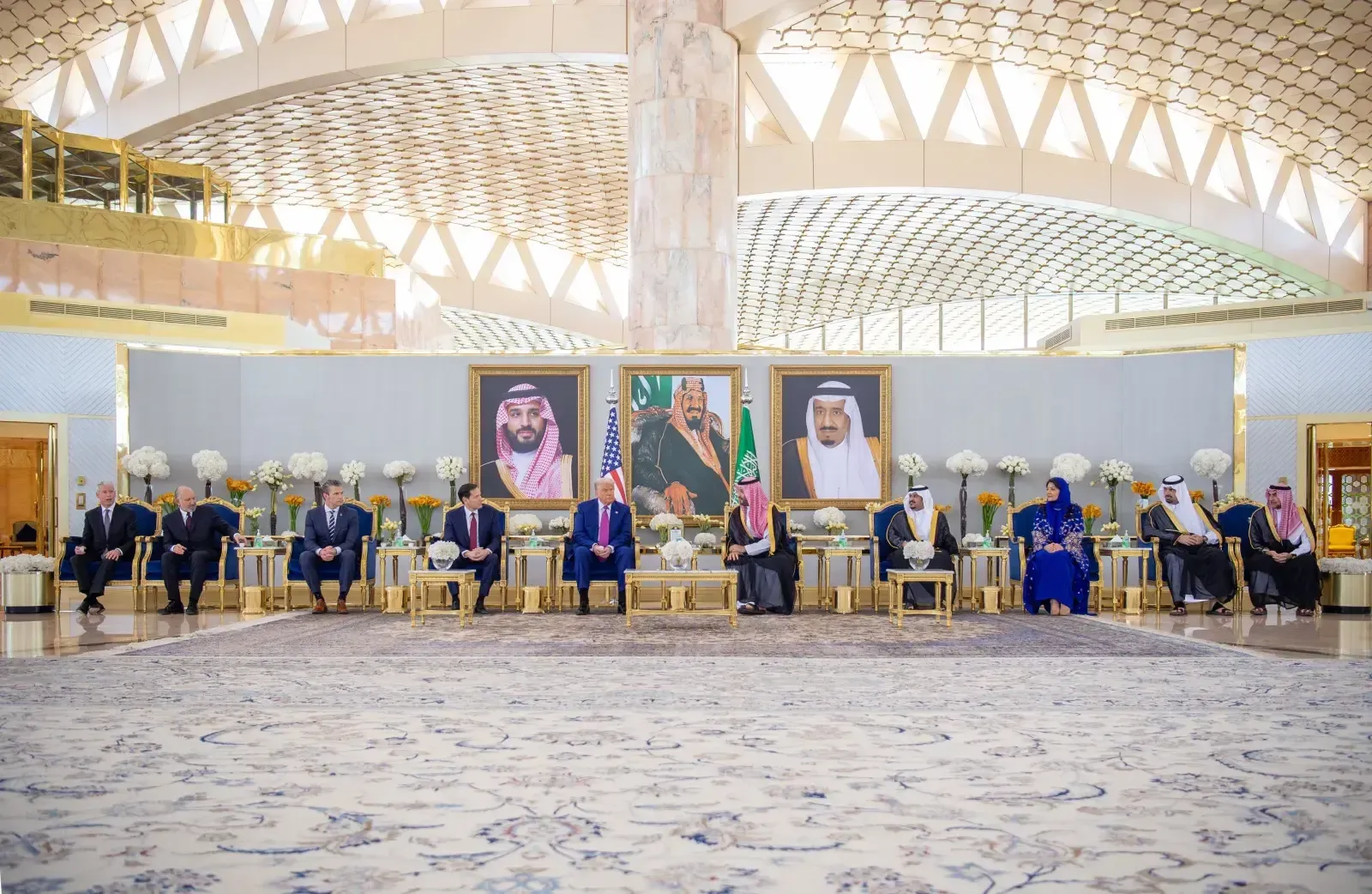Danish Ministry of Culture
The Danish Ministry of Culture is a government ministry responsible for overseeing Denmark’s cultural, sports, and media sectors. Established in 1961 with Julius Bomholt as its first minister, the ministry plays a crucial role in shaping Danish cultural policy. Its historic headquarters is located at Gammel Strand on Nybrogade in Copenhagen, in a building dating back to 1729 that was expanded in 1765 with a canal-facing wing designed by architect Philip de Lange. Through its various departments and agencies, including the Danish Film Institute, the ministry works to preserve and promote Denmark’s rich cultural heritage while supporting new artistic endeavors.

